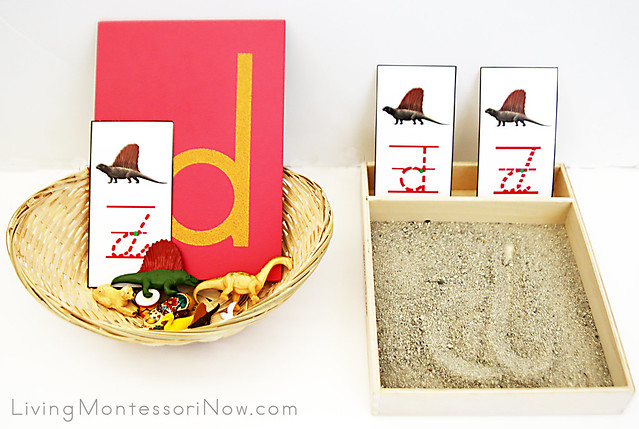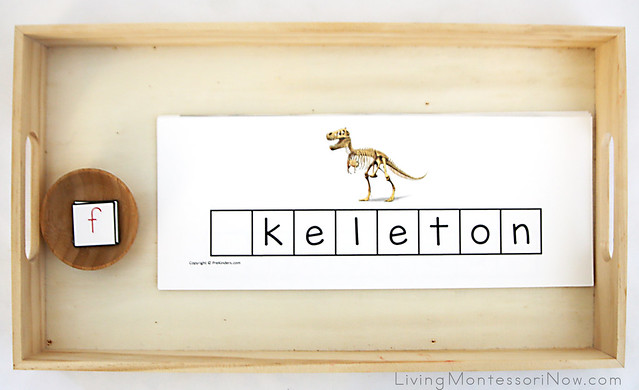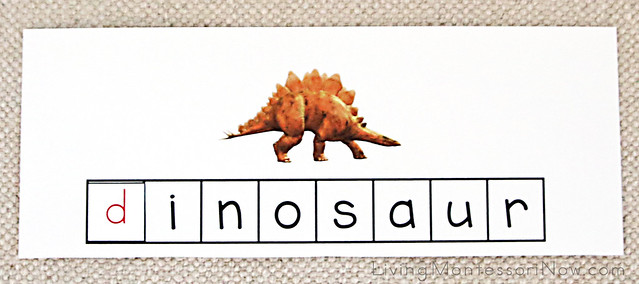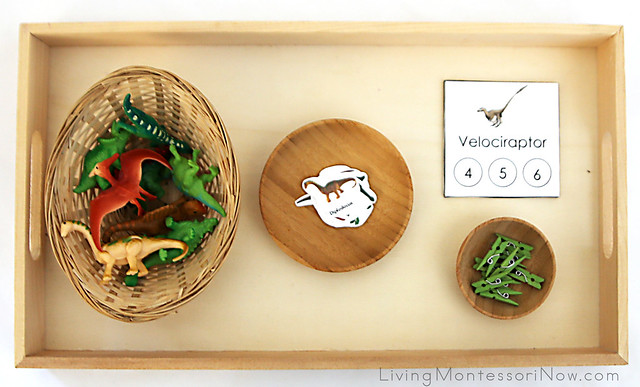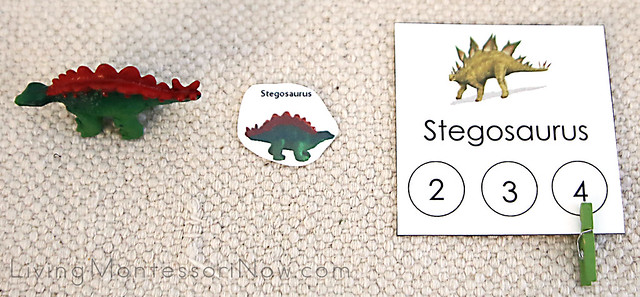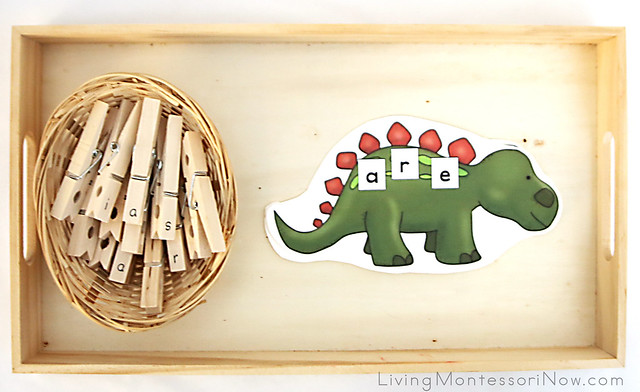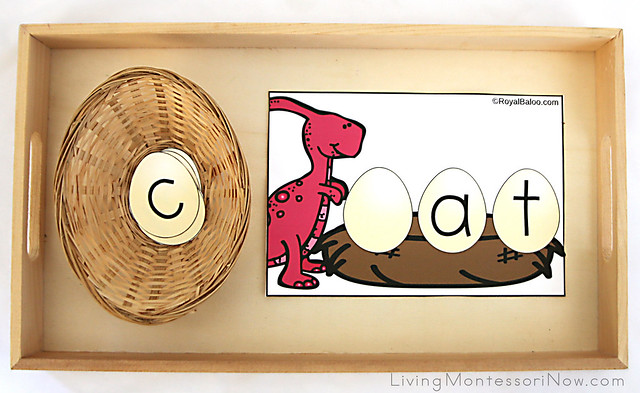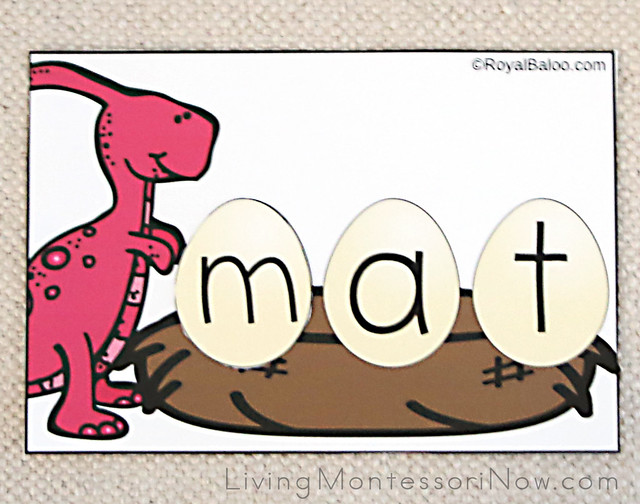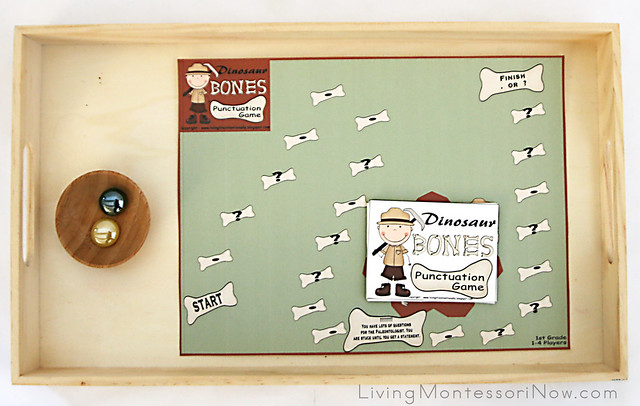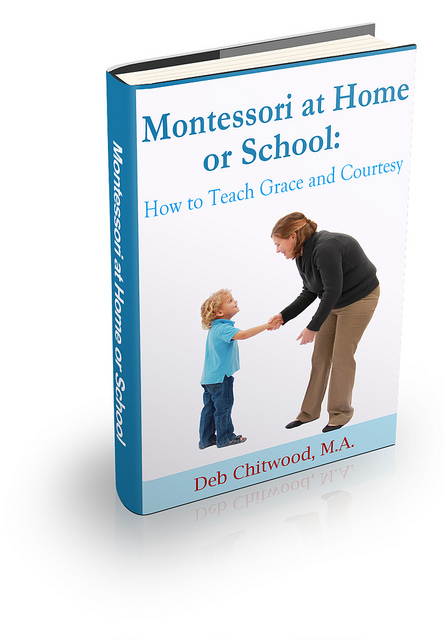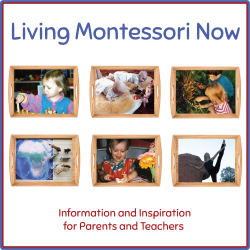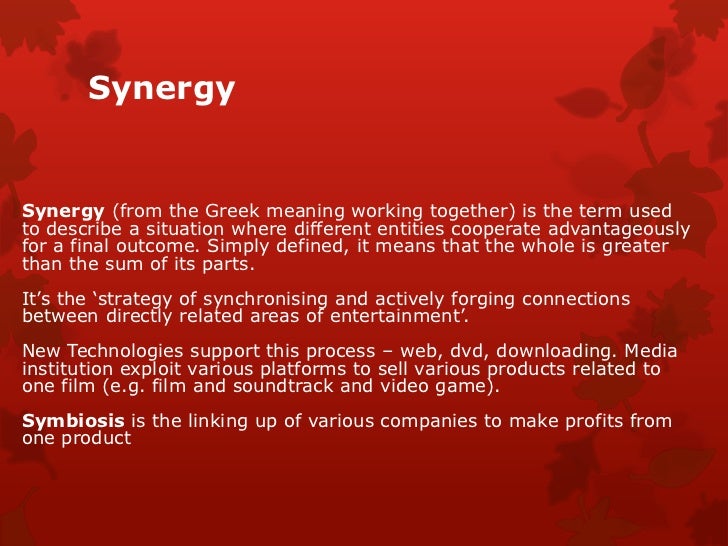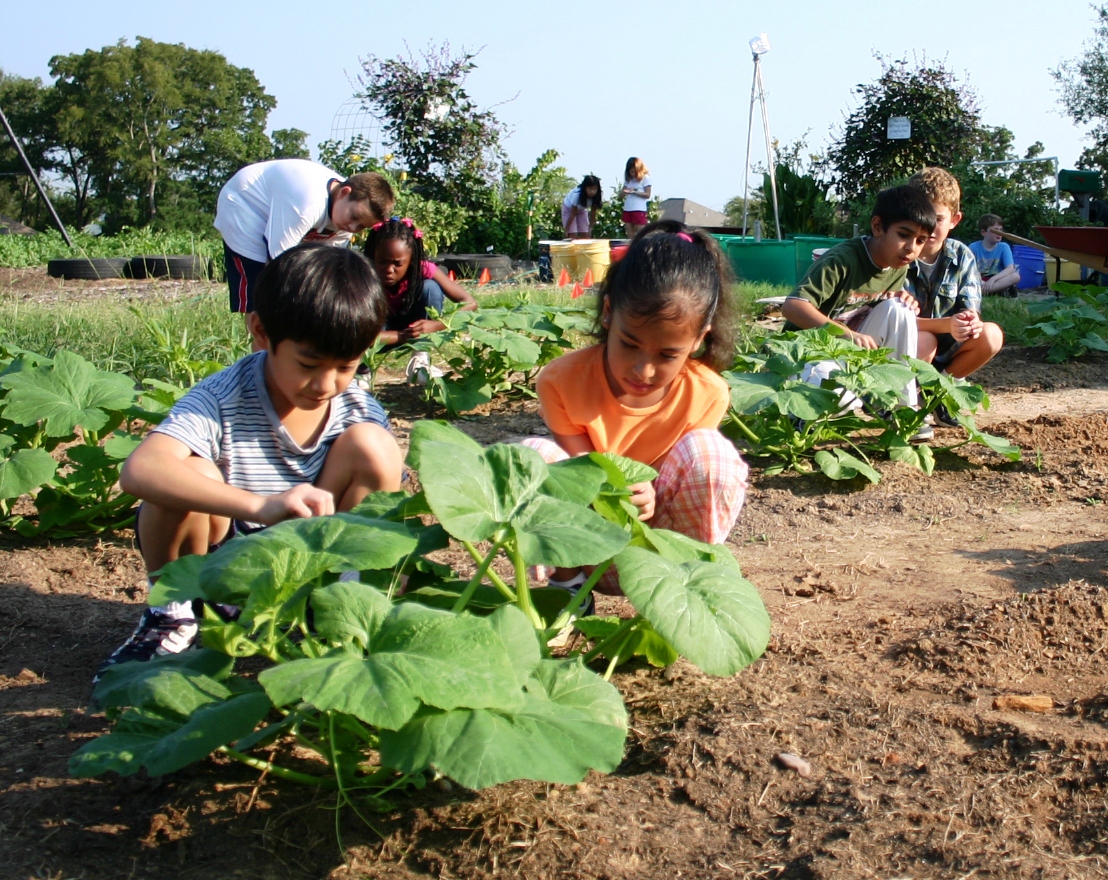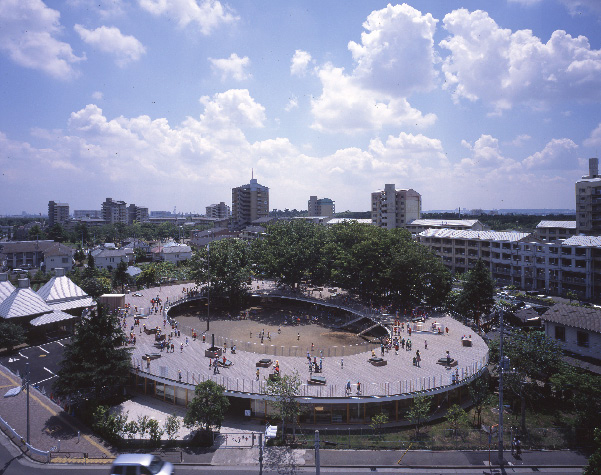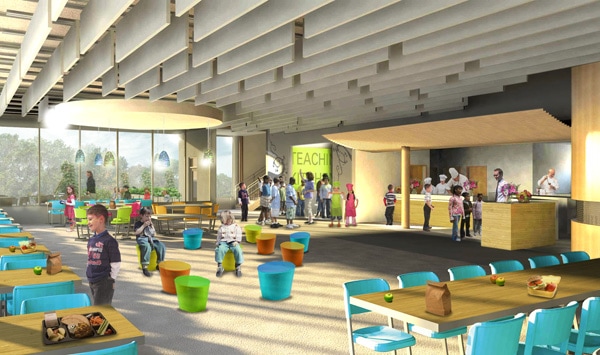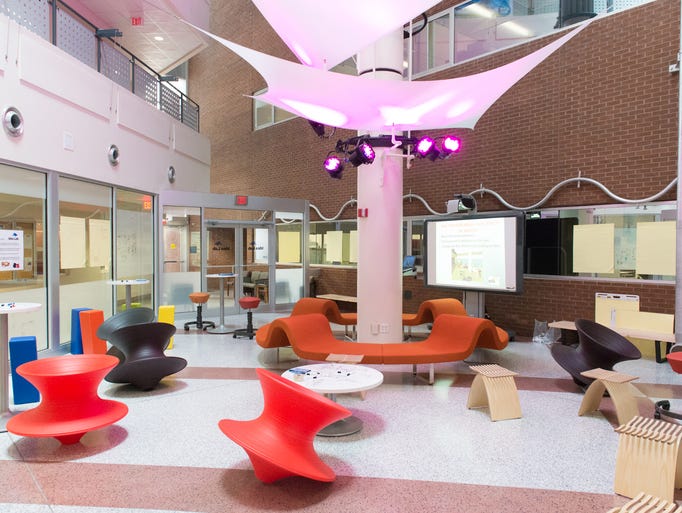by Cheryl Hatch
Preschool Plan It
"Take Turns! Share!" Words we use every day.
A few months ago, I shared information about challenging preschool behavior and how we, as teachers can approach it. But what about every day preschool behaviors?
They feel pretty challenging even if they ARE developmentally appropriate, for sure!
And we need to remember that it is our role, as the adult in the room, to help guide our children through the situations they face in the classroom each day--no prevent it or punish for it.
Sure, we certainly should know what triggers children to react negatively and do our best to provide an environment that does not create negative behavior.
We can provide multiples of popular toys and materials. We can provide a space in the classroom to build that super high block structure that is not in the middle of the room and, therefore, in the major path of traffic. There are many other areas we can observe, assess and do.
Today, though, I want to make a suggestion about something you should STOP doing.
Stop using words like "Take Turns" or "We share the toys in school" and start showing them what that actually means!
We tend to think they know what it means to share or take turns, mostly because we or their parents have said it day in and day out!
But really, have we ever taken the time to really explain and show what those words mean? Have we taken the time to think about what those words mean versus how we apply them to children?
What we sometimes have shown them is that sharing means relinquishing what they have to another child and that a person's turn is over when an adult says so, not because a person is done using an item.
I mean, let's face it, if you have 12 cars in front of you, you can share with me.
If you have 1 car in front of you, short of cutting it in half, you can't share it!
If you have 1 car in front of you, short of cutting it in half, you can't share it!
And, if you have the one car I want to use, we can take turns.
However, what does that mean? Usually the teacher sets a timer for 5 minutes and tells you that when the timer goes off, it's my turn.
But what if you are having that car go up that crazy, awesome block ramp you just built and it has to drive through the (imaginary) snow and mud to get to the top. Now....you must decide......will it go down the ramp or will it use it's transformer wings to fly out of the snowstorm?
Right when you are decided the fate of this car, the timer goes off and you are told that it's MY turn to use it. BUT--YOU WEREN'T DONE USING IT YET!
I used the timer method for a long time until I realized that it's not up to me to decide when or how long a child's turn is. It is up to the person using the item!
Real life comparison:
Let's say another adult in your home is using the one laptop in the house. They are sending an email or writing a paper. If you ask them if you can use the laptop (aka: have a turn) when they are done, what happens?
Most likely they respond with "Sure!", they finish their email or paper and let you know when they are done, right?
Would you ever set a timer for 5 minutes and, when the timer goes off, go over to that person, take the laptop out of their hands and say "Timer went off--my turn."?
Of course not!! The person who is using the laptop knows when they are done.
It should be the same for children.
You: Playing happily with potential flying car in the block area.
Me: I want to use that car.
You: But I'm using it right now.
Me: But you've had it for a gazillion minutes. MISS TEACHER! She won't let me use the car!!!!
Teacher: You need to share (or you need to take turns)!
You: Well, it's my turn right now!
Me: But I want a turn!!
Teacher: We'll set the timer for 5 minutes and then it will be Cheryl's turn.
This is the typical approach.
Instead, it is my belief that we need to let the child decide when their turn is over. It might be in 5 minutes, it might be at clean up time. If that happens, you can always put a note on the toy or item that says "Cheryl's turn is tomorrow" and let me use it first tomorrow.
We need to approach every challenge as an opportunity to teach problem solving skills, including what sharing really means. And what taking turns really means.
Children can not learn to negotiate problems if they are not allowed to have them.
Some Resources To Provide Tips and Techniques
|
I have an article on the website about Behavior Guidance for other behavioral challenges we see day to day in the classroom. It helps go over 4 steps to take to help decide HOW to approach different behaviors.
Click here to read the 4 Steps to Behavior Guidance in Preschool.
And if you missed my previous article on Challenging Preschool Behaviors, you will find that here.
About the author
Cheryl Hatch has taught and directed preschool programs for over 20 years. She is the Creator and Owner of Preschool Plan It, a website dedicated to sharing preschool themes, activities, articles and training with early childhood educators. She volunteers as the coordinator and teacher of the MOPPETS program in her town (a preschool program for the M.O.P.S.--Mothers of Preschoolers Program). She has her undergraduate degree in Early Childhood Education. Cheryl has been an active, integral member and leader within the Teachers.Net Early Childhood community for many years, moderating live chats and providing peer support on the Preschool Teachers Chatboard. You can read Cheryl’s articles, activities and themed preschool lesson plans at www.preschool-plan-it.com

















